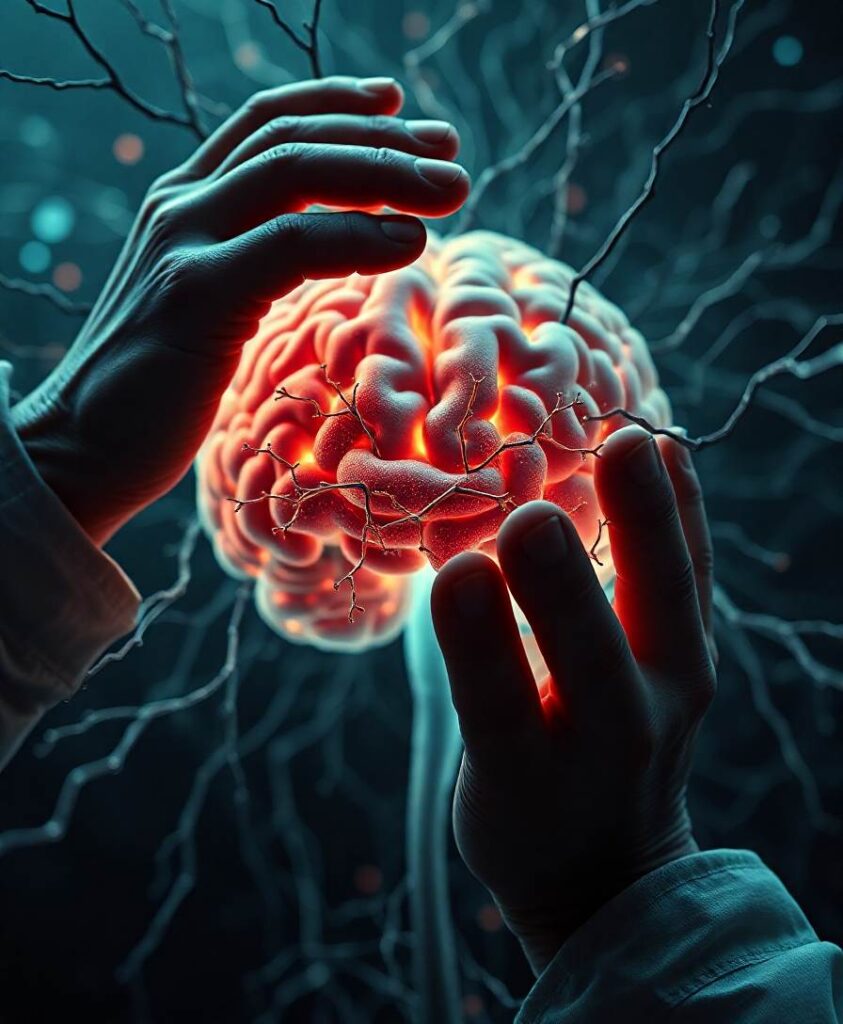Brain injury poses a heavy disease burden in the world, resulting in chronic deficits. Therapies for brain injuries have been focused on pharmacologic, small molecule, endocrine and cell-based therapies. Endogenous neural stem cells (eNSCs) are a group of stem cells which can be activated in vivo by damage, neurotrophic factors, physical factor stimulation, and physical exercise. The activated eNSCs can proliferate, migrate and differentiate into neuron, oligodendrocyte and astrocyte, and play an important role in brain injury repair and neural plasticity. The roles of eNSCs in the repair of brain injury include but are not limited to ameliorating cognitive function, improving learning and memory function, and promoting functional gait behaviors. The activation and mobilization of eNSCs is important to the repair of injured brain. In this review we describe the current knowledge of the common character of brain injury, the roles and mechanism of eNSCs in brain injury. And then we discuss the current mobilization strategy of eNSCs following brain injury. We hope that a comprehensive awareness of the roles and mobilization strategy of eNSCs in the repair of cerebral ischemia may help to find some new therapeutic targets and strategy for treatment of stroke.

